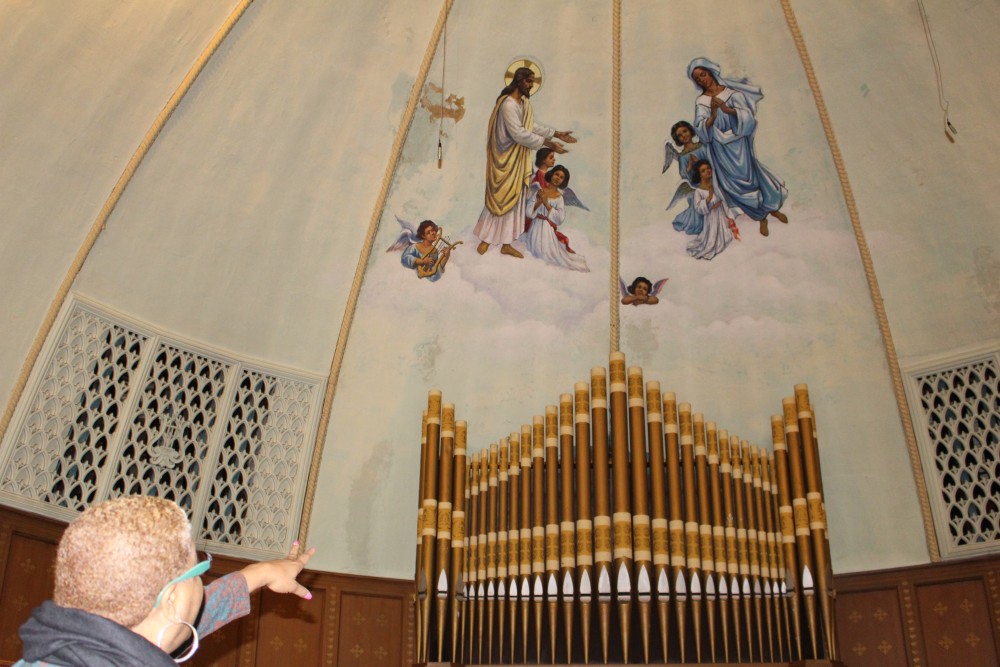New $14 million fund supports historic congregations
The National Fund for Sacred Places aims to help churches raise funds, restore their buildings, and find new community partnerships.

Restoring a congregation with a historic sanctuary is not just a matter of repairing a building from the past. It’s about energizing a church’s mission into the future.
That vision is put forth by the leaders of the National Fund for Sacred Places and of the churches that have received grants for stewardship of their facilities. The fund was established as a partnership between the National Trust for Historic Preservation and Partners for Sacred Places, an organization with headquarters in Philadelphia that works with historic congregations. Together they have received $14 million through the Lilly Endowment, which they will distribute in matching grants of up to $250,000 to congregations of various faith traditions during the next four years.
The initial 14 recipients are located across the United States. One is Quinn Chapel African Methodist Episcopal Church, the oldest African-American church in Chicago, which has hosted high-profile political figures and jazz and gospel musicians. It was a station on the Underground Railroad and one of its pews is in the new National Museum of African American History and Culture in Washington, D.C.




